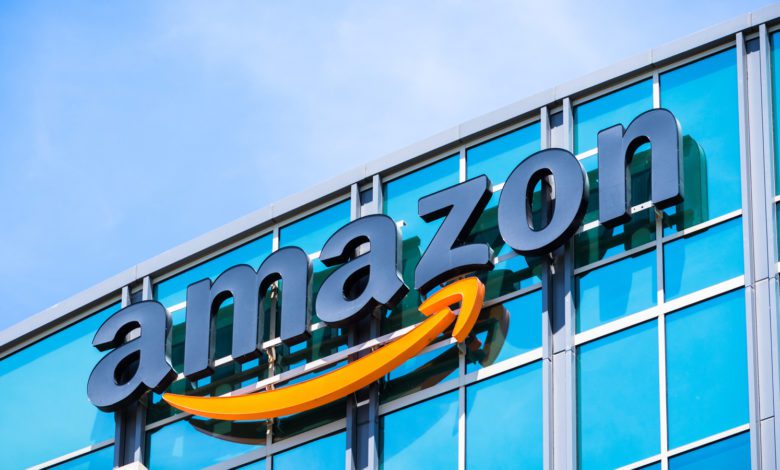NewsOnline & Digital
Amazon shares tumble amid first loss since 2015
The online retailer’s operating income decreased 58% year-on-year from $8.9bn (£7.09bn) to $3.7bn (£2.94bn) in the quarter

You'll need to
subscribe to unlock this content. Already subscribed? Login?







